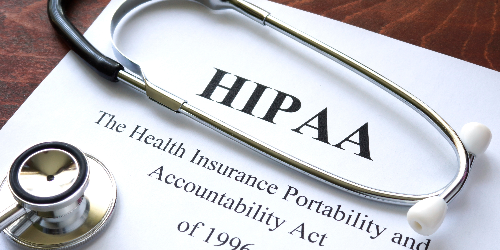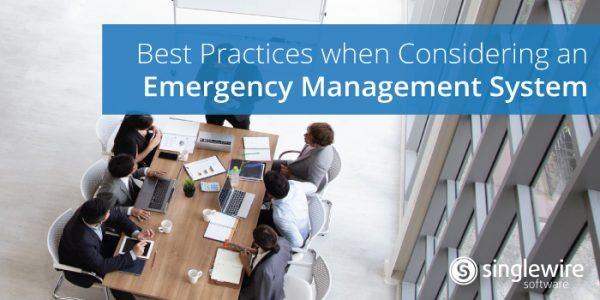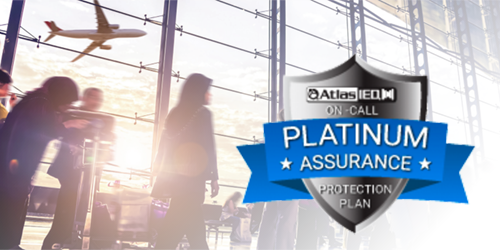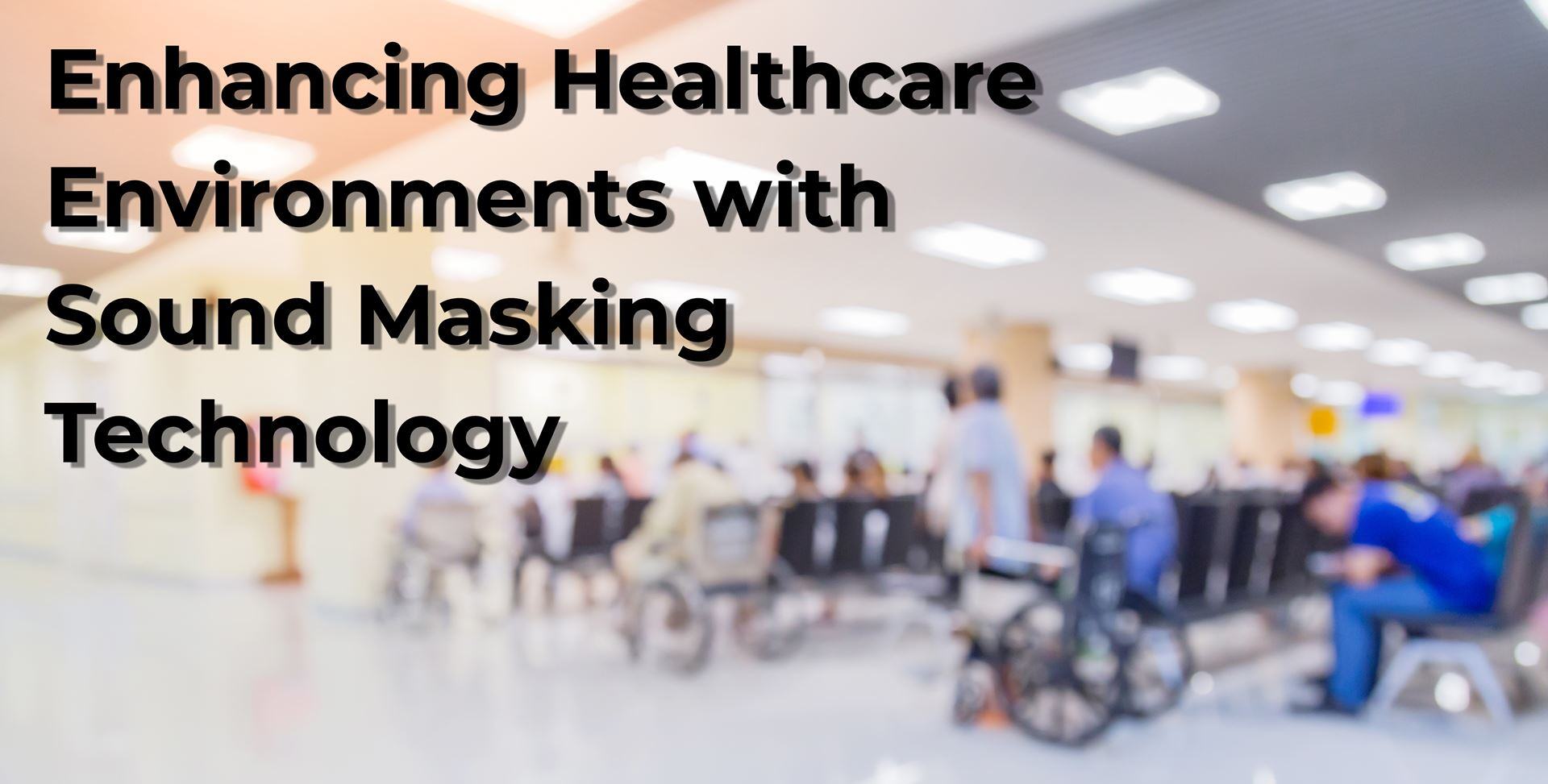In the world of K-12 education, securing adequate funding is a perpetual challenge. However, in response to the COVID-19 pandemic, the federal government has stepped in to provide much-needed financial relief to school districts through programs like the Elementary and Secondary School Emergency Relief (ESSER) fund. ESSER III, the third iteration of this program, has brought unprecedented financial resources to K-12 districts across the United States. Let's explore ESSER III funding, what it.
In the realm of healthcare, safeguarding patient privacy and preventing inadvertent disclosure of Protected Health Information (PHI) stand as non-negotiable priorities. Creating a secure environment where confidential conversations stay private is instrumental in both upholding patient confidentiality and adhering to the stringent regulations imposed by the Health Insurance Portability and Accountability Act (HIPAA).
Emergencies can occur without warning, and in those critical situations, having a powerful emergency management system in place can be the difference between disorder and a well-coordinated and effective response. For any organization, keeping its people protected at all times is a top priority, which is why it is important to implement tools that address a wide array of security and safety concerns.
Although several months away from the delightful sounds of Salvation Army bell ringers and Deck the Halls playing, retail management teams are busy preparing their stores for the year's busiest season — the holidays. According to Placer.ai, average monthly visits to indoor malls rose 40 percent month over month in December 2022, peaking at 55% over average weekly visits the week of December 26. With another spike expected for the 2023 holidays, retailers are now working to enhance the in-store.
Casinos are known for their vibrant atmosphere, flashing lights, and the constant hum of excitement. While visuals certainly play a significant role in creating this ambiance, the importance of audio in enhancing the overall casino experience cannot be overstated. High-quality, high-performance audio systems have the power to immerse visitors in a multisensory journey that not only captivates their senses but also influences their emotions and behaviors. In this article, we will delve into the.
The hotel lobby serves as the heart of any hotel, where guests embark on their business journey or a vacation of exploration and relaxation. In this new era of hospitality, the lobby has evolved into a multi-functional space that goes beyond mere check-ins and check-outs. A captivating lobby experience now hinges on thoughtful design, and one integral element that can transform the ambiance is background music. From engaging the senses to fostering emotional connections, the strategic use of.
Public address (PA) systems have been the standard communication technology in the corporate space for many years now. PA systems allow for company-wide announcements and are a convenient way for administrators to direct employees. They are essential for the smooth running of business operations by providing efficient communication between people at different locations. In this post, we look at what public address systems offer and their benefits in the corporate environment.
In the fast-paced world of healthcare, where privacy, patient satisfaction, and efficiency are paramount, finding effective solutions to address acoustic challenges is crucial. Sound masking technology has emerged as a powerful tool to create a quieter, more confidential, and comfortable healthcare environment. In this blog post, we will explore the various benefits of sound masking technology and its impact on the healthcare industry.











